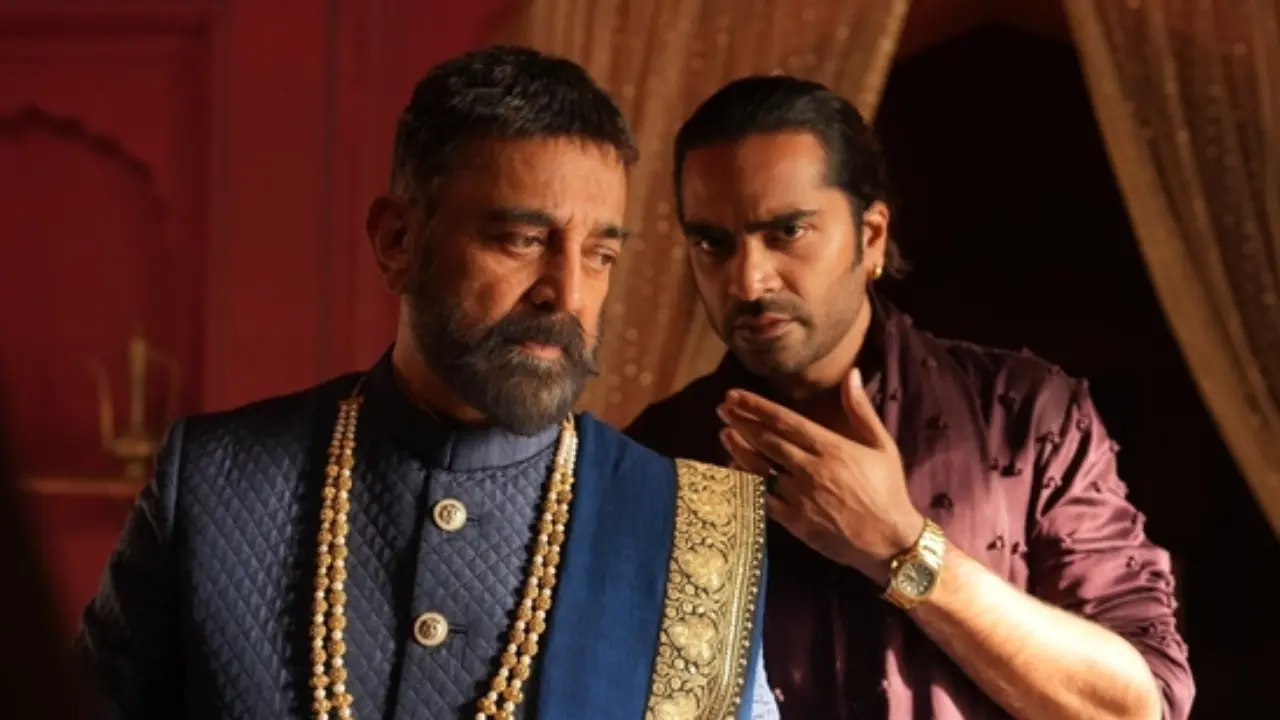
It took 38 years for Mani Ratnam and Kamal Haasan to reunite after creating the cinematic landmark Nayakan. Expectations were sky-high for Thug Life, a film that promised to bring together two stalwarts with decades of artistic evolution. With Kamal not only leading the cast but also penning the script, the stakes couldn’t have been higher.
Plot
Haasan plays Rangaraya Sakthivel, a Delhi-based gangster who has been chased by death since birth; living the curse of mortality by outliving his loved ones. The narrative begins with promise, tracing Sakthivel’s journey as he adopts an orphaned boy, Amar (Silambarasan TR), during a gang shootout in 1994. He mentors Amar, hands over his criminal empire before heading to prison, and continues to rule from behind bars. However, betrayal shatters his reign, setting the stage for vengeance.
The curse of the second half
The film`s first half has several engaging elements. Ratnam, known for his mastery in world-building, draws us into Sakthivel’s layered life, punctuated by high-energy sequences and the catchy wedding number `Jinguchaa`. After setting stage in the first half, one expects things to unravel and the film to have its peak moments.
However, the film gradually descends into an overindulgent spree of stylized violence, sacrificing emotional depth and narrative clarity.
The central premise—a man haunted by the curse of outliving his loved ones—had immense potential. Yet, the screenplay only brushes the surface of its characters’ emotional lives. Key arcs, like Sakthivel’s vow to find Amar’s missing sister Chandra, are relegated to the background and reappear abruptly near the climax. This disjointed storytelling makes it difficult for viewers to emotionally invest in any of the characters.
Performances and technical
Kamal Haasan, at 70, is quite agile. Despite facing a massive betrayal at the hands of his own, one fails to feel empathetic towards his character, Sakthivel. The makers try to portray him as a good man who bats for women education, independence to choose one`s own partner and emerges righteous even in a deadly shootout. His chemistry with Silambarasan works exceptionally well in the first half. However, that love and admiration do not translate to anything as things go south between the two.
Talents like Joju George, Ali Fazal, Mahesh Manjrekar, Nassar, Ashok Selvan, Bagavathi Perumal seem wasted in the film without a good story arc for their characters. The female characters including Trisha, Abhirami, and Aishwarya Lekshmi fail to get the beautiful Mani Ratnam heroine treatment here and turn out to be mere catalyst to portray Sakhtivel as the good man.
On the technical front, Thug Life impresses. The de-aging of Kamal Haasan in the 1994 flashbacks is seamlessly executed. A.R. Rahman’s music adds to the film’s atmospheric depth, and Ravi K. Chandran’s cinematography is visually striking. But these merits can’t fully compensate for the film’s lack of emotional resonance.
Final verdict
Thug Life is a technically sound film with grand ambitions but fails to tap into the very soul that made Nayakan iconic. While it’s worth a watch for fans of Kamal and Mani Ratnam, the film ultimately feels like a missed opportunity—more spectacle than substance.
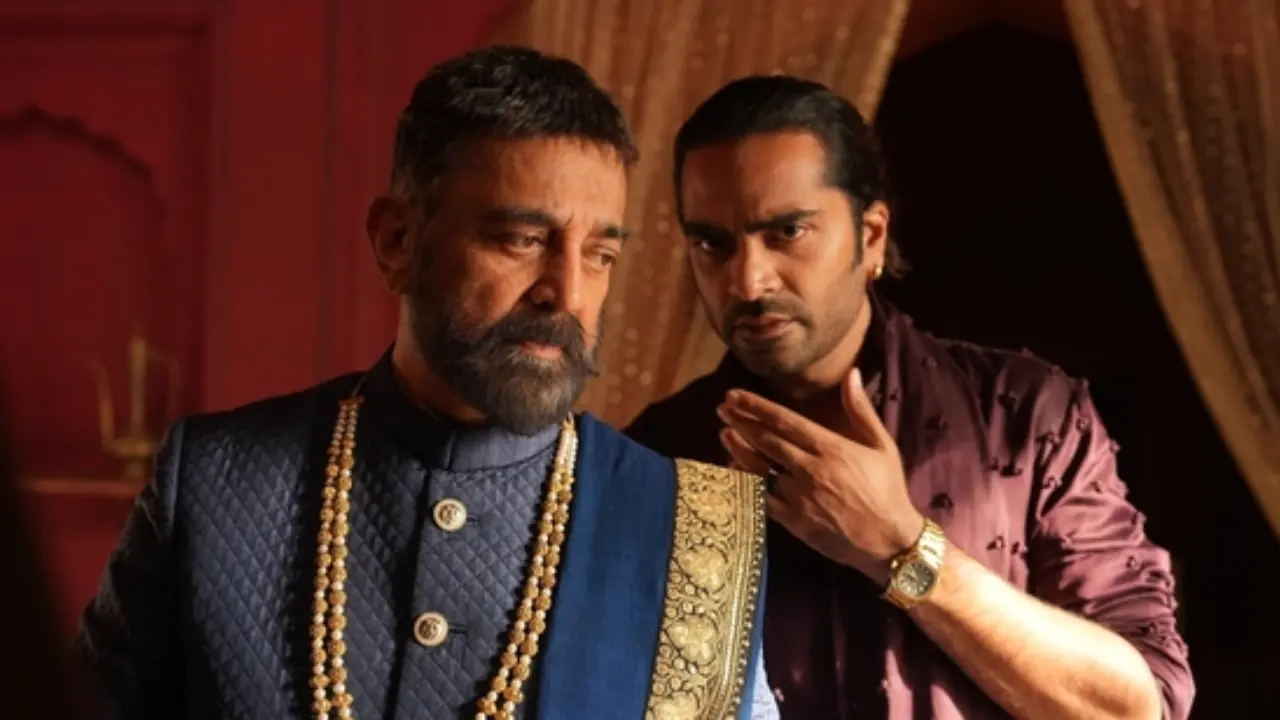

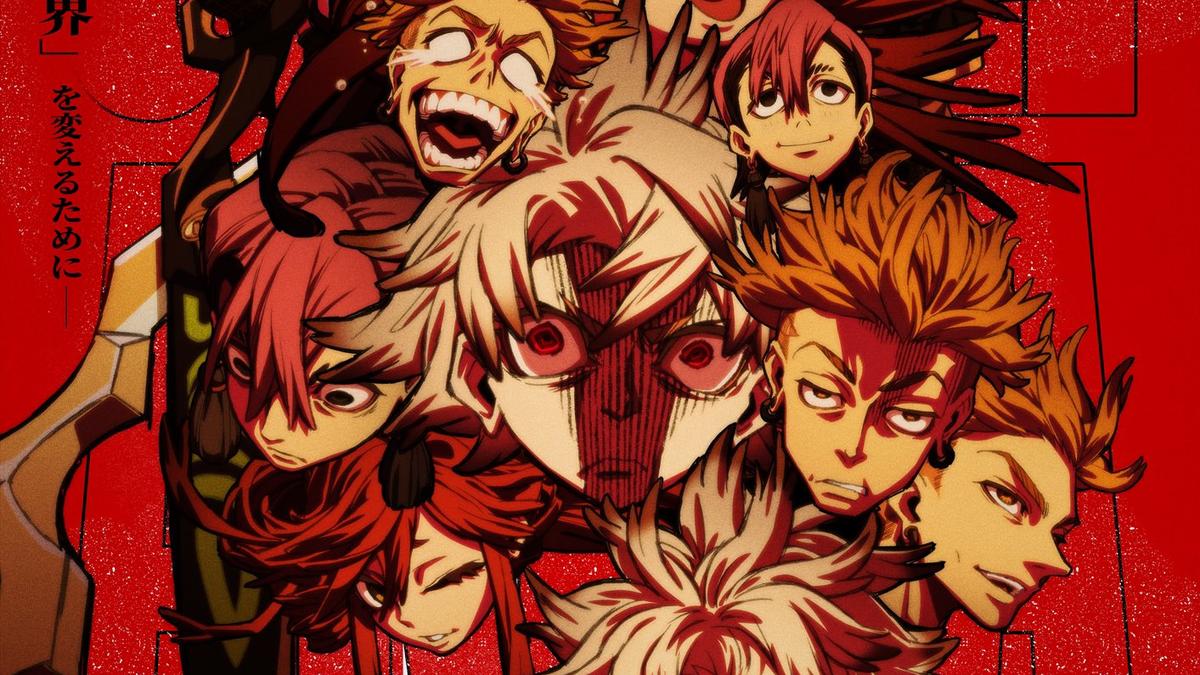
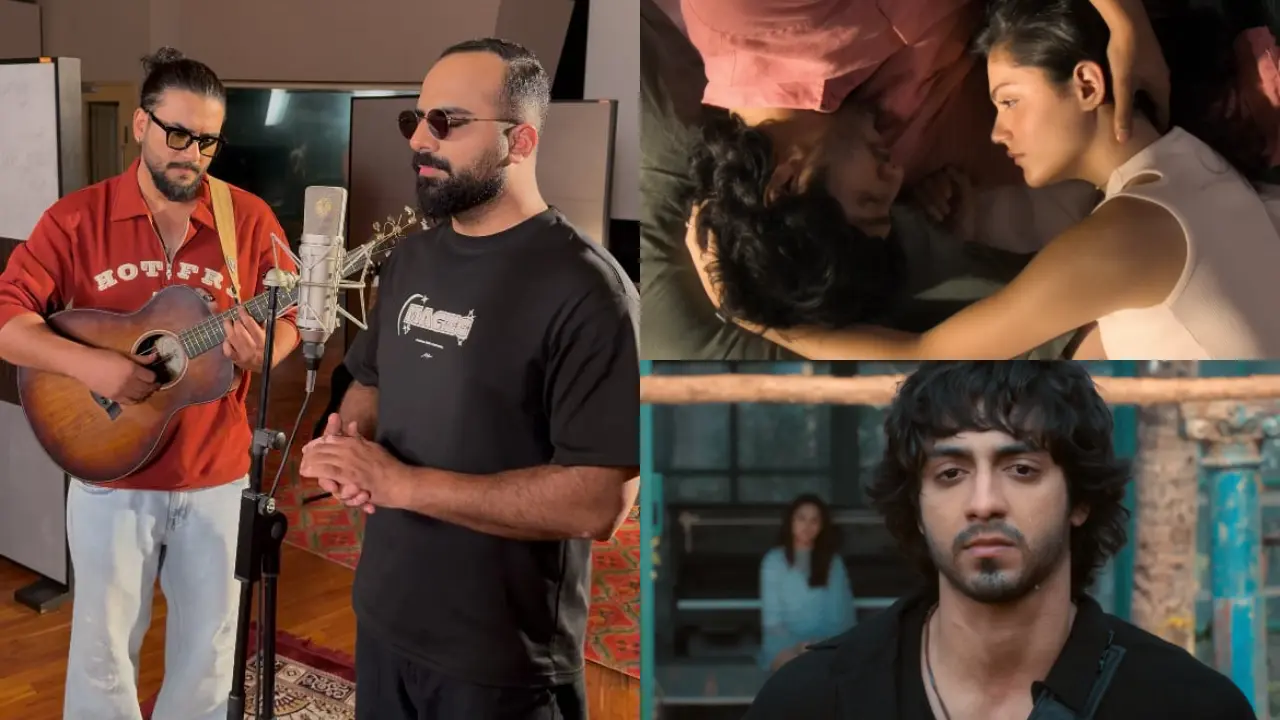

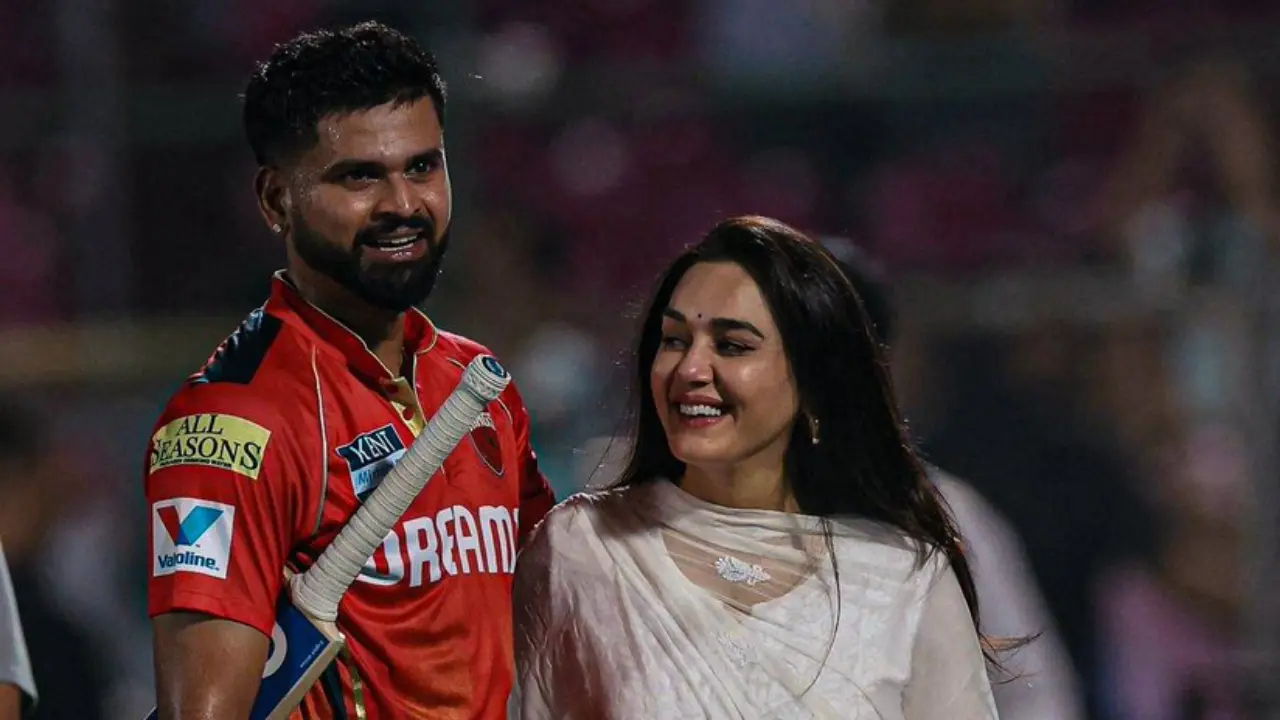

Leave a Reply